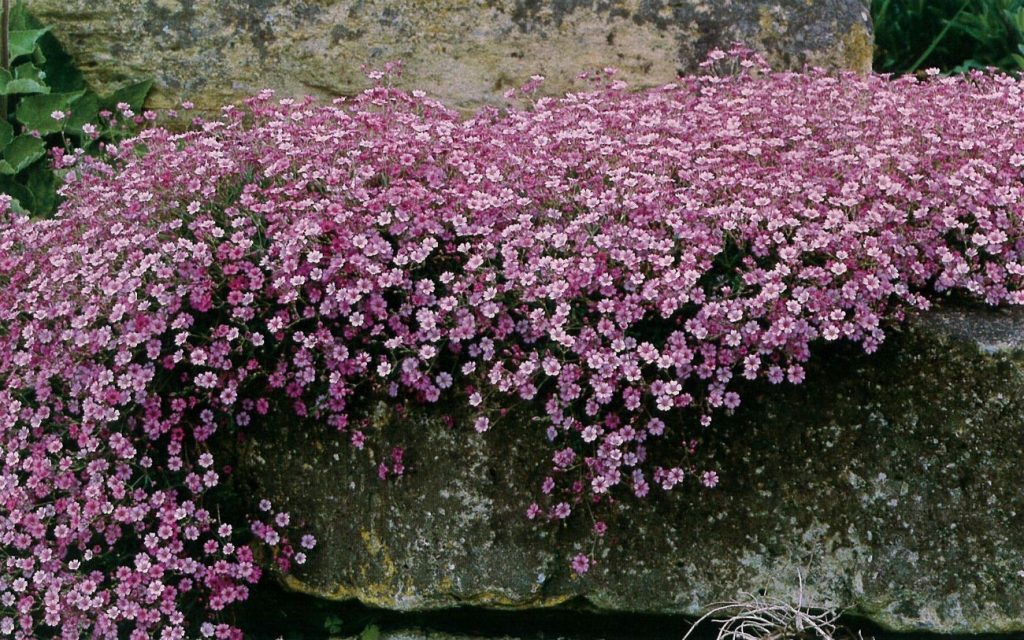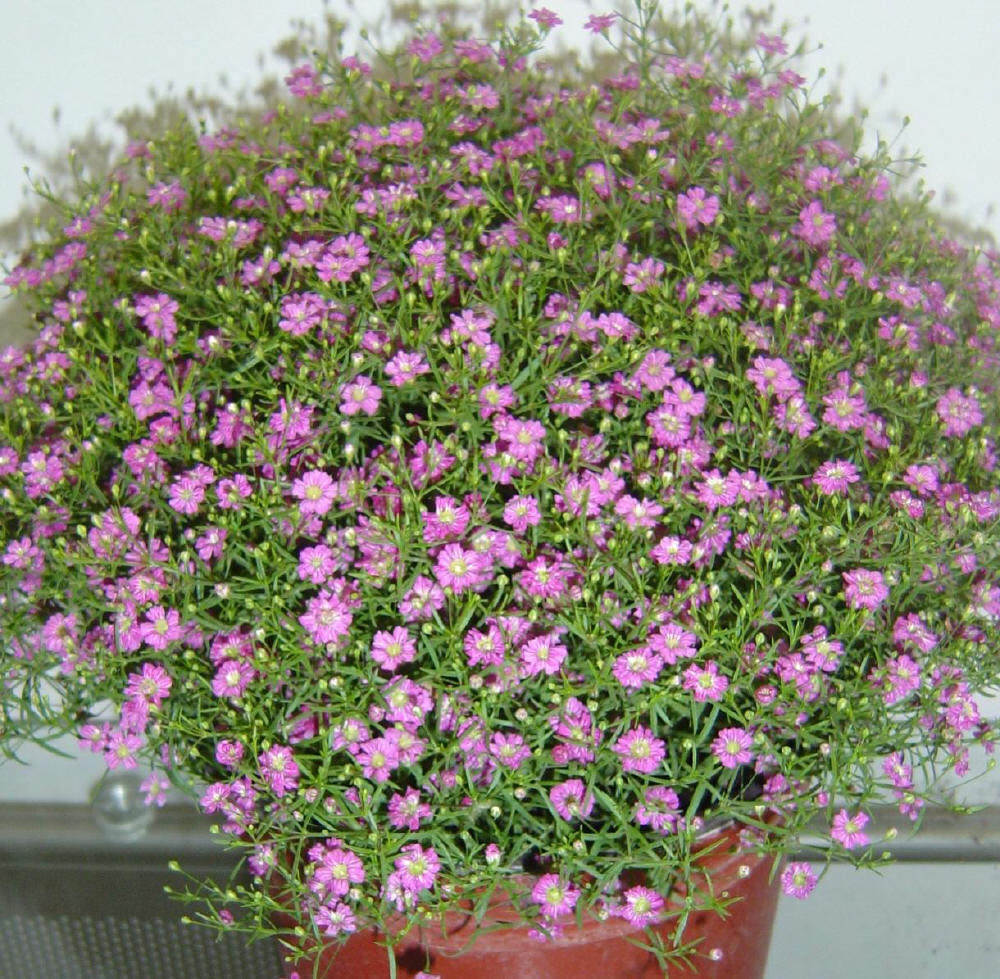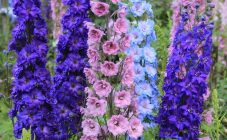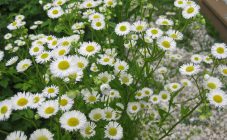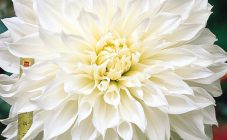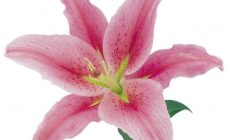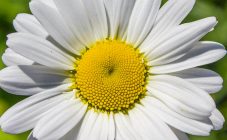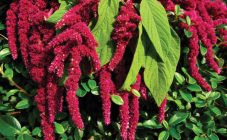Gypsophila creeping is an ornamental plant from the order Clove. Australia, the Mediterranean and Asia are considered the birthplace of culture. Translated from Greek, its name sounds like "loving gypsum", and the Russian name is "kachim". The plant looks like a small cloud of branched stems covered with small flowers. It is a perennial or annual herbaceous shrub with a powerful root system.
Crop technical data
The creeping gypsophila has both wild alpine and domesticated species.
Description of the plant:
- Semi-shrub or spherical herbaceous growth. The height ranges from 0.1-1.2 m. There are varieties of culture spreading along the ground.
- The leaves have a shiny green surface. They grow in rosettes near the roots.
- In summer, panicles with white or pink flowers appear at the end of the shoots. The plant is self-pollinated.
- Gypsophila creeping pink tolerates heat well, and some species are frost-resistant.
Reproduction of the species
Cultivation of a crop is possible by seeds, cuttings or by dividing bushes. Annual species are sown in autumn. Seed is planted in open ground to a depth of 15 mm. Perennials are obtained from seedlings, which are germinated in containers with soil from peat, sand, chalk. When shoots appear (2 weeks after planting) and their height becomes 30-40 mm, the shoots dive. Most gardeners buy ready-made cuttings.
Creeping gypsophila should be planted on calcareous soils or loose sandy soils.
Gypsophila is planted on flower beds in the format 0.7x1.0 m. Care begins with watering. The plant is unpretentious, therefore it must be irrigated once every 12-15 days. Water in a volume of up to 5 liters is poured under the root part.
Mineral fertilizers (for example, "Kemiru") are applied 3 times for the whole season. You can use organic matter - manure, chicken droppings. In the fall, the tops are cut off, leaving small stumps. They are covered with old leaves, and in winter, snow is poured on top.
Type characteristics
The plant has up to 150 varieties. Of these, about 40 are used for landscape design. The annual types of this representative of the flora are as follows:
- Gypsophila graceful - with its branched shoots forms an almost perfect ball. The height of the shrub reaches 0.5 m. It has small leaves, painted in gray and green tones. There are white flowers in panicles. Rose and Carmine varieties.
- Creeping gypsophila is like grass. Its height is no more than 0.3 m. It is divided into 3 varieties: Monstroza with white flowers, Frantensis and Dymka - with pink, ruddy inflorescences.
Perennial types of culture:
- Gypsophila paniculata forms a ball-shaped bush. Its height is about 1.2 m. Varieties: Pink Star, Flamingo, Bristol Fairy, Snowflake.
- The bush creeping on the ground has Gypsophila laskolkovidny. Its height reaches 90-100 mm. It is covered in white or purple flowers.
Diseases and pests
Gypsophila creeping pink becomes infected with the following diseases:
- gray rot - it is eliminated by destroying the affected parts of the plant;
- fungal smut - goes away after using Topaz or Fundazol;
- rust - treated with the following means: "Oxychrome", copper sulfate, "Abiga Peak", etc. etc.
Of the garden pests for kachima, nematodes are the most dangerous. They are destroyed with medicines "Bi-58", "Tiazon" or "Rotor".
Any farmer who wants to decorate his garden with gypsophila can grow a crop if all the recommendations of experts are followed.
